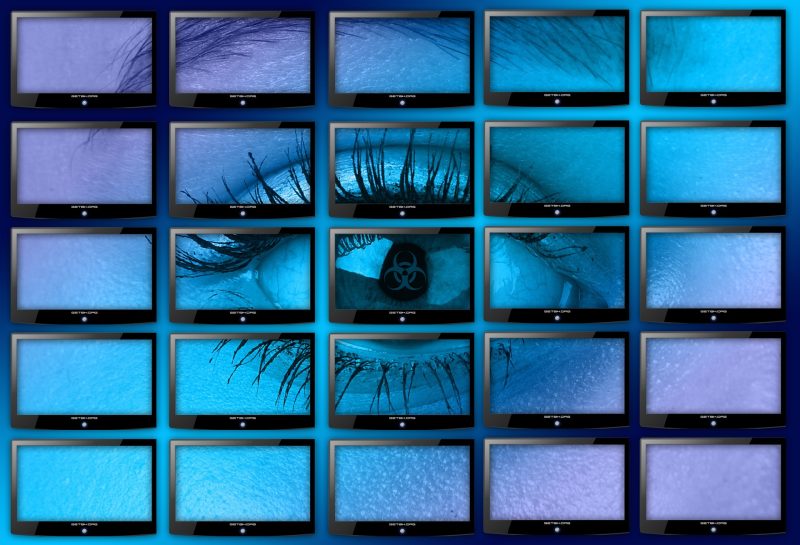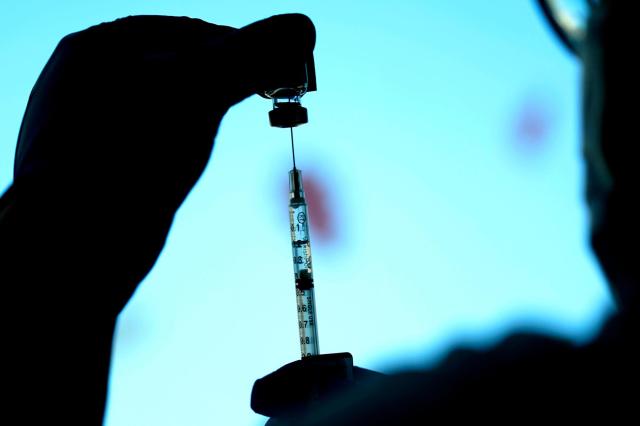Have public health officials and the news media been less than candid in their explanations of the risk factors in the worldwide monkeypox outbreak? Are we seeing a replay of why people are losing confidence in doctors and journalists who have not been forthright about the public in the COVID-19 pandemic?
Monkeypox is an uncommon viral infection, and the most common means of spread is close contact with an infected person who has the typical rash or contact with clothing that has touched the rash.
Even the World Health Organization acknowledges this outbreak is different. According to its latest statement, “The majority of confirmed cases of monkeypox are male and most of these cases occur among gay, bisexual and other men who have sex with men in urban areas and are clustered in social and sexual networks.”
This means there is a reasonable possibility that monkeypox can be a sexually transmitted disease, which would be a new and disturbing mode of transmission. But the medical community and science journalists have essentially hidden behind a technicality. Because the virus that causes monkeypox has not actually been isolated in semen or vaginal secretions, it is not classified as a sexually transmitted disease. However, the recent evidence is extremely suggestive: During this outbreak, viral DNA has been identified in these fluids by researchers, just not the entire virus — yet.
The smoke screen behind that technicality is manifest. Andy Seale, a WHO adviser on messaging about HIV, hepatitis and other sexually transmitted infections, said publicly, “Many diseases can be spread through sexual contact. You could get a cough or a cold through sexual contact, but it doesn’t mean that it’s a sexually transmitted disease.”
In a newsletter for journalists, Dr. Robert Murphy, an infectious disease authority at Northwestern University, said monkeypox is “not a sexually transmitted disease in the classic sense in that it’s not spread through semen or via sex, (but) it is behaving similarly to one by affecting individuals who have had close physical contact.” This opinion has been echoed by health authorities in Great Britain.
Even the monkeypox incident manager at WHO Europe, Catherine Smallwood, has been tiptoeing around the issue by saying, “This may have been something that we were unaware of in this disease before. We really need to focus on the most frequent mode of transmission, and we clearly see that to be associated with skin-to-skin contact.”
Let’s be clear. By the traditional definition, the medical evidence that monkeypox is a sexually transmitted disease has not been established. But given what we know, the authorities and the news media do a disservice by stating it is “not a sexually transmitted disease” or by avoiding that realistic possibility. The public would be better served by acknowledging the uncertainty and the problems it would pose if true.
The Washington Post story “Monkeypox dilemma: How to warn gay men about risk without fueling hate” points out an understandable concern. The aim is not to stigmatize gay and bisexual men who are infected — a commendable goal and a mainstay of public health messaging — but not to the point of overriding a dispassionate presentation of the current predicament. Everyone suffers when the information is skewed that way.
There are practical consequences to avoiding the issue of sexual transmission of monkeypox. In the absence of proof about monkeypox being a sexually transmitted disease, public health officials must nevertheless still employ tried-and-true control messages — urging people to use condoms and to avoid multiple anonymous unprotected sexual partners. (Multiple partners create a bigger pool of infectious risk, and anonymity makes contact tracing more difficult.) Some are advocating a strategy of simply using the existing monkeypox vaccine to decrease the spread in at-risk populations. This is essential but unlikely to control the spread of the disease completely, especially with limited vaccine supplies. We are already witnessing the limitations of the vaccine strategy to control COVID-19.
Public health authorities, including Dr. Anthony Fauci, have admitted they have taken liberties with their COVID-19 advice, notably telling the public early in the pandemic that masks were not necessary. This was ostensibly an attempt to conserve masks for health care workers. It turned out that reuse of masks did protect the supply and was ultimately the best approach. There were other instances of COVID-19 experts and reporters shading the facts on the ground.
The issue surrounding transmission of monkeypox may be another example of the “noble lie” that Plato described in “The Republic” and that wasmore recently referenced in a Slate article about the reporting of COVID-19 information. Society’s leaders — in this case the nexus between the scientific elite and journalists — tell the noble lie to avoid social discord or to advance a specific agenda. But noble lies can backfire, especially in medical matters.
When the story members of the scientific elite is telling falls apart, it erodes their authority and diminishes our trust, two essential qualities that can be exceedingly difficult to restore.
Dr. Cory Franklin is a retired intensive care physician. Dr. Robert Weinstein is an infectious disease specialist at Rush University Medical Center.
Submit a letter, of no more than 400 words, to the editor here or email [email protected].
Discovered on: 2022-07-06 20:20:09
Source: The furtive messaging around monkeypox feels awfully familiar



